15 July 2023 Saturday
Rain
Top of 24
Intan arrived at 8:30 am with her washing, which we started, had breakfast with the bread from Bring, then left the studio for Intan to work in. We crossed the Kokeshi-bashi Bridge and drove south on National Highway 457 and stopped at the Zao Dairy Centre and bought cheese at the Cheese Cabin and vegetables at the vegetable shop.
We missed the turn off to Zao Fox Village, and continued driving on route 457, circling Aoso-san Mountain on its western foothills. We turned south just after Kosute-kawa River, then west onto Prefectural Road 254. Once the road swerved north, route 254 was lined with different types and colours of hydrangeas in full bloom on both sides of the road. We reached the Zao Fox Village at 11:45.
The Zao Fox Village had 130 foxes of 6 varieties roaming in a 10,000 square meter enclosure with native trees, rocks, wooden structures they can climb on or sleep in, fox statues and red torii gates, much like the Inari shrines. The newborn foxes were separated in group cages. There were also rabbits, ponies, and goats.
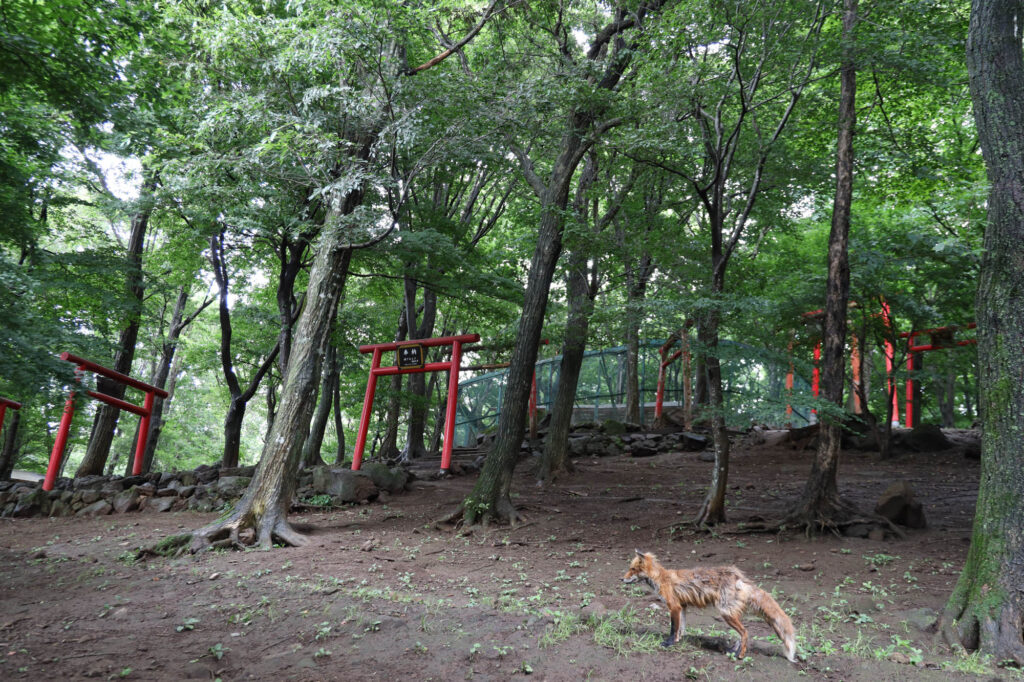
A fox at the Zao Fox Village. Photo by Mayu Kanamori
Afterwards, we drove back south on route 264, but instead of returning the way we came, we turned off towards Kamasaki Onsen, and followed the Yu-kawa River until we were back on route 457. We then went in the opposite direction on 457 to the one we had come on and took the Sennan Kouiki Nodo Cosmos Line along the eastern foothills of Aoso-san.
Something went wrong on our navigator, which led us to take another wrong turn off the Cosmos Line, and there we found signage indicating we were at the Gangyoji Remains. Gangyoji Remains are from the late Jomon period (c. 14,000 – 300 BC) and were villages built on the eastern foothills of Aoso-san. There are other similar sites in the area. The figurines collected at the Gangyoji Remains are unusual because most other Jomon period clay figurines are in an upright posture, but there are ones found on this site which are sitting down with their knees bent and their hands on their knees. It is thought that some of these figurines show women giving birth.
After we returned to the Cosmos Line, we went passed another site of Jomon archeological site, the Kajizawa Remains. A survey in 2007 and 2008 uncovered the remains of building pillars and pottery from the middle of the late Jomon period (approximately 2,700 to 2,600 years ago). The remains consisted of 4 to 5 buildings arranged in an arc, and the structure had been rebuilt at least eight times. Pottery were buried in holes dug in the ground which are thought to be graves for infants and foetuses.
A reburial site from the early Yayoi period (400 BC to 300 AD) were also found there. The reburial method was also used in the northern Kanto areas and in Fukushima Prefecture; the remains are buried, then excavated later, the bones collected, put into a jar, and reburied.
We drove around Aoso-san Mountain and returned to Togatta via Prefectural Road 12 at 1:30 pm. We had lunch at Zao Boo Burger. Martin went back to the studio, and I went to the Zao-machi Public Library again. On this day I photocopied two poems that included Zao: Inori by Sakuma Akira in his collection Zao no Uta (Tanka Shinbunsha 1988), Zao no Yama by Otsuki Hirashichi in his collection Sarasoju (Tohoku Araragi Koriyama 1978); two untitled tanka poems mentioning Zao by Matsuyuki Akira in Zao Tankasha Second Collection (Zao Tankasha, 2019) and ten tanka poems by Kimura Yoko (who I met on the first day in Togatta) from the same Zao Tankasha collection.
I returned to the studio at 5:15 pm. We had dinner with the produce purchased earlier in the day.
Martin turned off his light at 9 pm. I wrote this diary and turned in at 11 pm.

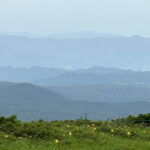

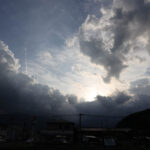
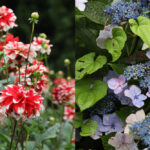


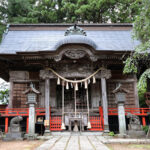
Recent Comments